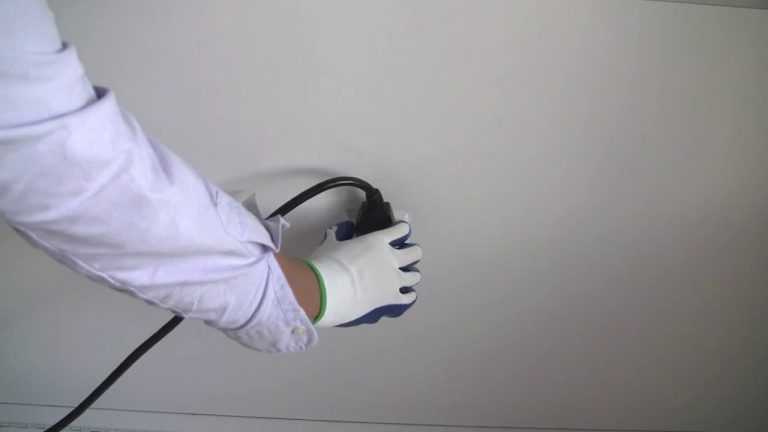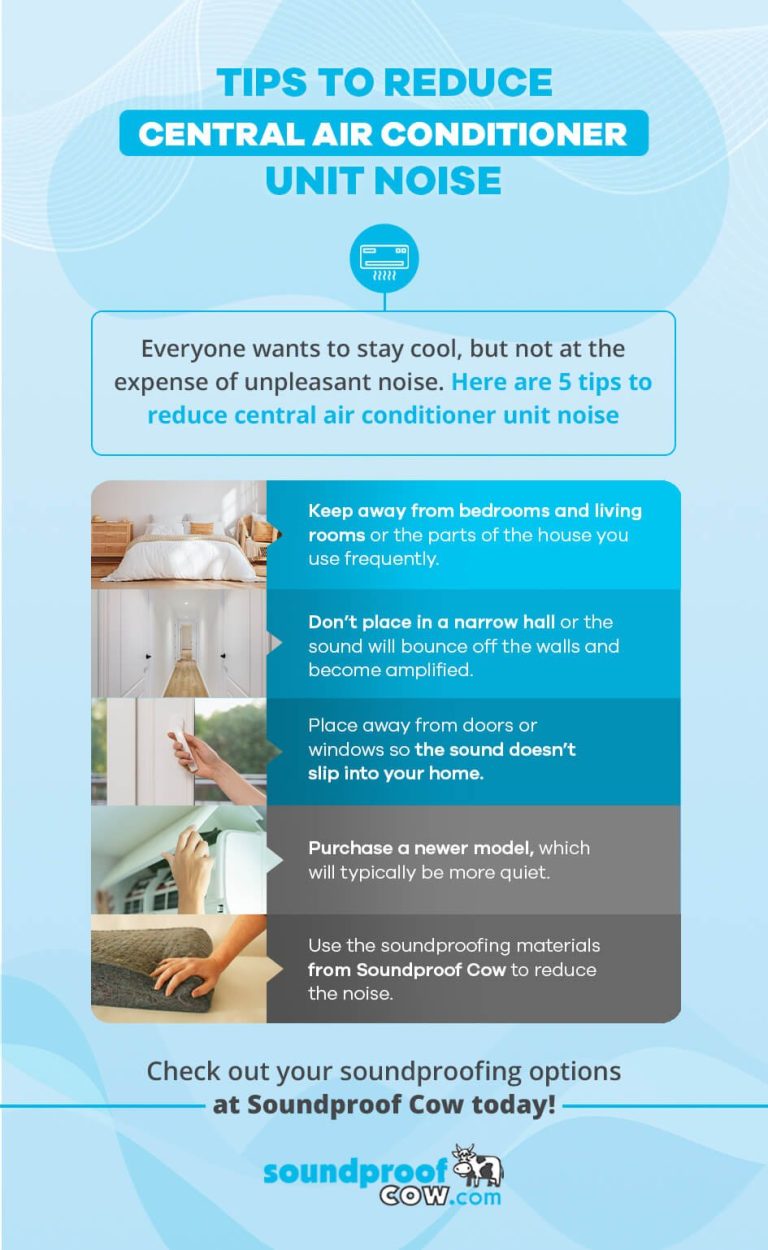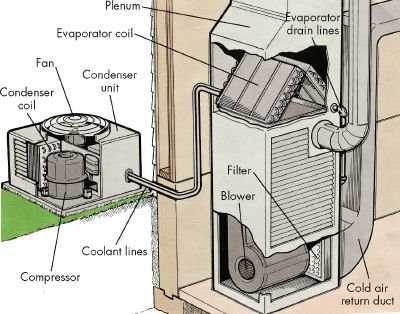How Many Air Conditioner Btu Do I Need? Your Ultimate Guide To Finding The Perfect Cooling Capacity
To determine the BTU capacity needed for an air conditioner, consider the size of the room. As a general rule, calculate 20 BTU per square foot of space. For example, a 300 sq ft room would require an air conditioner with a capacity of 6,000 BTU. However, other factors like insulation and sunlight exposure should also be considered for more accurate calculations.
A scorching summer day is upon us, and you find yourself seeking refuge from the relentless heat. As you walk into an air-conditioned room, a refreshing wave of cool air instantly soothes your skin.
Ah, the blissful relief! But have you ever wondered how that cooling magic is achieved? It all comes down to one crucial factor: the BTU, or British Thermal Unit. Now, you might be thinking, “What in the world is a BTU?” Well, my friend, a BTU is the standard unit used to measure the cooling capacity of an air conditioner.
It represents the amount of heat an air conditioner can remove from a room in one hour. And let me tell you, getting the right BTU for your space is not just important—it’s essential. Imagine this scenario: you’ve just installed a brand new air conditioner, but your room remains unbearably warm.
Frustration sets in as you wonder why your state-of-the-art AC isn’t doing its job. The answer may lie in the BTU capacity. If you choose an air conditioner with too low of a BTU, it won’t effectively cool your space, leaving you sweating and uncomfortable.
Understanding BTU: The Cooling Power
Now that we have a basic understanding of what BTU is, let’s dive deeper into its significance when determining how many air conditioner BTU you need for your space. BTU, or British Thermal Unit, is the measurement of energy required to increase the temperature of one pound of water by one degree Fahrenheit. In the context of air conditioners, BTU measures the cooling capacity of the unit.
Choosing the right BTU for your air conditioner is crucial, as it directly impacts the efficiency and effectiveness of cooling your space. If you select an air conditioner with too low of a BTU, it will struggle to cool the room adequately. On the other hand, an air conditioner with too high of a BTU may not reach its optimal operating efficiency and result in unnecessary energy consumption.
So, how exactly do you determine the correct BTU for your air conditioner? Let’s explore some factors that should be considered.
Evaluating the Factors
Room Size
The first and most crucial factor in determining the BTU you need is the size of the room. Air conditioners are designed to cool specific room sizes effectively, so it’s essential to match the BTU capacity with the square footage of the area. A small bedroom will require fewer BTUs compared to a larger living room or open-concept space.
To calculate the BTU required, multiply the square footage of the room by 20. For example, a 200 square foot room would need an air conditioner with a minimum capacity of 4,000 BTU (200 x 20 = 4,000). However, this is a general guideline, and other factors should be taken into account for more accurate calculations.
Insulation and Sun Exposure
The insulation of your space plays a significant role in how well an air conditioner can maintain the desired temperature. If your room is well-insulated, it will have better heat retention, requiring fewer BTUs. Conversely, a poorly insulated room will allow more heat transfer, necessitating a higher BTU capacity.
Add to that the sun exposure your room receives. Sunlight can significantly increase the temperature, making it harder for the air conditioner to cool the space. If your room is exposed to direct sunlight for extended periods, it’s advisable to increase the BTU capacity to compensate for the extra heat load.
Ceiling Height and Room Function
Have you ever noticed that it’s harder to cool down a room with high ceilings? That’s because a larger volume of air needs to be cooled. If you have tall ceilings, you’ll need an air conditioner with a higher BTU capacity to effectively cool the room. On the other hand, rooms with lower ceilings may require fewer BTUs.
Additionally, consider the function of the room when determining the BTU capacity. Kitchens, for example, tend to generate more heat from cooking appliances, so you may need to increase the BTU to compensate.
BTU Recommendations Based on Room Size
While the square footage method provides a general guideline, it’s worth noting some recommendations based on room sizes:
Small Rooms (< 300 sq ft)
A small room, such as a bedroom or home office, typically ranging from 100 to 300 square feet, requires an air conditioner with a BTU capacity of 6,000-8,000. This range ensures efficient cooling without excessive energy consumption.
Medium Rooms (300-550 sq ft)
For medium-sized rooms like living rooms or master bedrooms, ranging from 300 to 550 square feet, an air conditioner with a BTU capacity of 10,000-14,000 is recommended. This range provides optimal cooling performance for spaces of this size.
Large Rooms (> 550 sq ft)
Large rooms, such as open-concept spaces or living areas exceeding 550 square feet, require air conditioners with BTU capacities starting from 18,000 and above. These higher-capacity units can effectively cool larger volumes of air and distribute cool air more evenly.
Additional Considerations
While room size is a critical factor, it’s essential to consider additional variables that may impact the BTU requirements:
Climate
The geographical location of your area can affect the BTU capacity needed. If you reside in a region with a hotter climate, you may need to increase the BTU capacity to ensure adequate cooling. Similarly, areas with high humidity levels may require a higher BTU to combat the added moisture in the air.
Occupancy
The number of people occupying the space also influences the BTU requirements. More people generate additional body heat, which can impact the cooling performance. If you frequently have multiple occupants in a room, consider increasing the BTU capacity to compensate.
Appliance Heat Load
Lastly, take into account other sources of heat within the room. Appliances such as televisions, computers, and lamps generate heat, which can increase the cooling load. If your room has several heat-producing appliances, it’s advisable to adjust the BTU capacity accordingly.
Choosing the right BTU capacity for your air conditioner is crucial in ensuring optimal cooling performance and energy efficiency. Consider the size of the room, insulation, sun exposure, ceiling height, room function, climate, occupancy, and appliance heat load when determining the required BTU. By doing so, you’ll create a comfortable and cool environment that makes scorching summer days feel like a breeze.
Portable Air Conditioners – Why you shouldn't like them
Frequently Asked Questions (FAQ)
How do I calculate the BTU required for my air conditioner?
What factors should I consider when determining the BTU for my air conditioner?
Is there a standard rule for BTU per square foot of space?
What happens if I choose an air conditioner with too high or too low BTU?
Can I use a lower BTU air conditioner for a smaller room?
Final Thoughts: Understanding the BTU Capacity of Your Air Conditioner
In conclusion, understanding the BTU capacity of an air conditioner is essential when determining how many BTUs you need for your space. It directly affects the efficiency and effectiveness of cooling your room.
Factors such as the size of the room, insulation, sun exposure, ceiling height, and room function should be considered when calculating the required BTU. To calculate the BTU, multiply the square footage of the room by 20.
However, this is a general guideline, and other factors such as insulation and sun exposure should also be taken into account for more accurate calculations. Rooms with high ceilings may require a higher BTU capacity, while rooms with lower ceilings may need fewer BTUs. Additionally, certain rooms like kitchens, which generate more heat from cooking appliances, may require an increased BTU capacity.
Based on room sizes, it is recommended to have an air conditioner with a BTU capacity of 6,000-8,000 for small rooms, 10,000-14,000 for medium rooms, and 18,000 and above for large rooms. Other considerations that may impact the BTU requirements include the climate, occupancy, and appliance heat load. Hotter climates may require a higher BTU capacity, and the number of people occupying the room can also affect the cooling performance.






